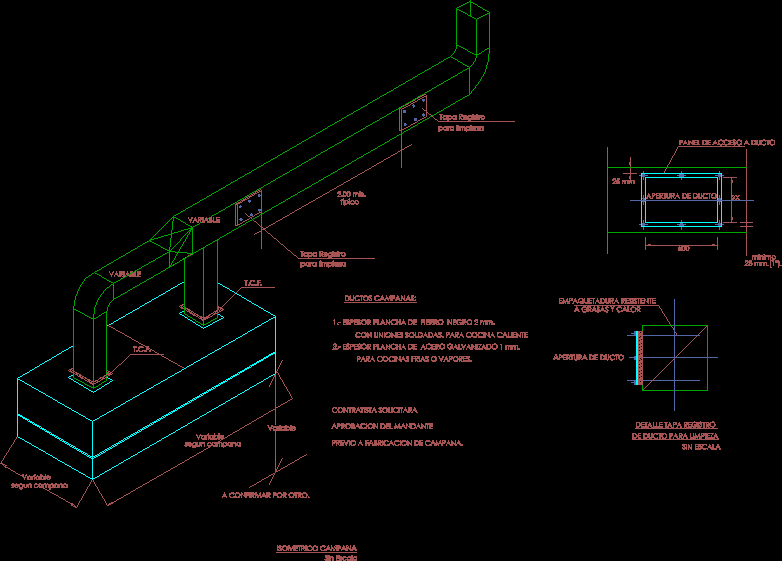

Suppose your bathroom is 8 feet wide, 10 feet long, and 8 feet high. Length x Width x Height x 0.13 = Suggested CFM For example, choose a 50-CFM-rated fan for a 50-square-foot bathroom and a 100-CFM-rated fan for a 100-square-foot bathroom.įor even more accuracy, measure your bathroom and use the following mathematical formula: The product’s box will list the CFM number, and it will typically give a suggested room size as well.Īs a general rule of thumb, choose a fan with a minimum CFM rating equal to your bathroom’s square footage. The best bathroom exhaust fans’ performance is measured in cubic feet per minute (CFM), which gives the amount of air moved by the fan each minute. Beyond technical features, consider ease of installation, versatility, and how it will look in your space. These include the airflow capacity, energy efficiency, and noise of each model. What to Consider When Choosing the Best Bathroom FanĪs you’re looking through the best bathroom exhaust fans, there are quite a few features to keep in mind. However, installing an in-line fan and setting up the ductwork can be more involved than installing a ceiling fan.
#EXTRACTOR FAN INSTALL#
In some cases, this makes it possible to install a larger and more powerful fan than would otherwise fit. With an in-line fan, you aren’t as constrained by the available space in the ceiling directly above the bathroom. It also makes it possible to add multiple ceiling vents and connect them to the same fan to provide additional ventilation to a larger bathroom. This setup moves the fan a bit farther from the bathroom ceiling for reduced noise and vibration.

For these models, users install a vent in the ceiling with ductwork that routes to the exhaust fan. In-line fans are installed either in the attic above the bathroom or another location a bit away from the bathroom. Since ceiling fans are located directly above the bathroom, users may notice more noise and vibration than they would from an in-line fan. However, due to their size and weight, the installation options may be more limited than they are with in-line fans. They are also generally a bit easier to install. Some ceiling fans include lights and can be used to make a bathroom brighter or to replace an existing overhead or vanity light. The fan pulls air from the bathroom up into the vent by creating suction and then releases it through the roof vent on the other side. An air intake vent sits right in the ceiling, with the fan portion directly above it. Each type offers pros and cons to consider.Īs the name implies, ceiling fans are mounted in the ceiling of a bathroom. Bathroom ventilation fans come in two main types: ceiling fans and in-line fans. Photo: Types of Bathroom Fansīefore looking through the options for the best bathroom exhaust fans, it’s important to decide which fan type you’d prefer.
#EXTRACTOR FAN UPGRADE#
UPGRADE PICK: Broan-NuTone 9093WH Exhaust Fan, Heater, and Light.



 0 kommentar(er)
0 kommentar(er)
